Discover the Women of the Hall
These are the Inductees of the National Women’s Hall of Fame. Select any of the women to discover their stories and learn how they have influenced other women and this country.
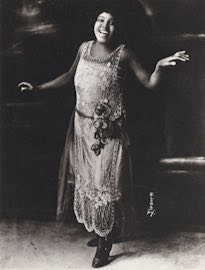 Bessie Smith
Arts
c.1894
Tennessee
1984
Bessie Smith
Arts
c.1894
Tennessee
1984

Bessie Smith
One the nation’s great blues singers, Smith earned stardom from her first record 1923’s “Down Hearted Blues,” which sold two million records. The “Empress of the Blues,” made more than 160 recordings with many of the country’s finest jazz musicians.
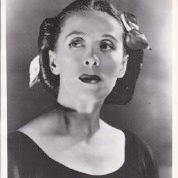 Martha Graham
Arts
1894
Pennsylvania
2015
Martha Graham
Arts
1894
Pennsylvania
2015

Martha Graham
One of the greatest artists of the 20th century, she created a new dance language. Named Dancer of the Century, she was the first dancer to perform at the White House and to act as a cultural ambassador abroad.
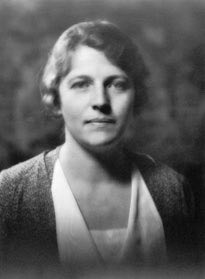 Pearl S. Buck
Arts
1892
West Virginia
1973
Pearl S. Buck
Arts
1892
West Virginia
1973

Pearl S. Buck
Novelist whose writing evoked two different cultures, American and Asian. Buck won the Pulitzer Prize for The Good Earth and was later the first American woman awarded the Nobel Prize in Literature for her body of work.
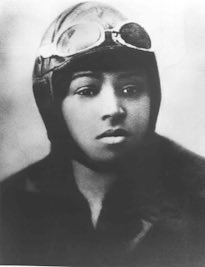 Bessie Coleman
Science
1892
Texas
2001
Bessie Coleman
Science
1892
Texas
2001

Bessie Coleman
The first licensed black female aviator. She earned her international pilot’s license in 1921 and gained fame during the next five years for her air acrobatics and highflying stunts. She dreamed of starting a school to train black aviators.
 Zora Neale Hurston
Arts
1891
Alabama
1994
Zora Neale Hurston
Arts
1891
Alabama
1994

Zora Neale Hurston
Novelist, anthropologist and folklorist who contributed greatly to the preservation of African American folk traditions and to American literature. Hurston’s best known works include Their Eyes Were Watching God and her autobiography, Dust Tracks on the Road.
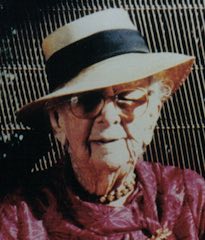 Marjory Stoneman Douglas
Science
1890
Minnesota
2000
Marjory Stoneman Douglas
Science
1890
Minnesota
2000

Marjory Stoneman Douglas
A journalist with the Miami News Record, she was an active leader in the Florida suffrage movement and an environmentalist credited with saving the Everglades as a national resource. Douglas authored over ten books and several plays, including The Everglades: River of Grass. After receiving the Presidential Medal of Freedom in 1993 at the age of 103, she remained an active and influential environmentalist to her death.
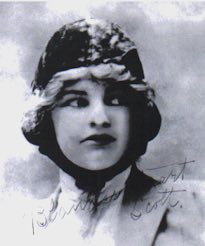 Blanche Stuart Scott
Science
1889
New York
2005
Blanche Stuart Scott
Science
1889
New York
2005

Blanche Stuart Scott
Born in Rochester, New York, Scott was a pioneering aviatrix, becoming the first American woman to take a solo hop into the air, although her flight is not regarded as official. In 1910, she became one of the first woman to drive an automobile coast to coast in her car – the ‚”Lady Overland”. Scott was also the first and only woman to take flying lessons from Glenn Curtiss, later flying with the Curtiss Exhibition Team and earning the nickname ‚”Tomboy of the Air”.
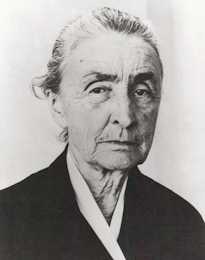 Georgia O'Keeffe
Arts
1887
Wisconsin
1993
Georgia O'Keeffe
Arts
1887
Wisconsin
1993

Georgia O'Keeffe
Artist and perhaps the best-known American woman painter. An American original in both her lifestyle and painting, O’Keeffe produced works of high energy and vision throughout her long life.
 Ruth Fulton Benedict
Science
1887
New York
2005
Ruth Fulton Benedict
Science
1887
New York
2005

Ruth Fulton Benedict
A student of Franz Boas and mentor to Margaret Mead, Ruth Fulton Benedict was a highly influential anthropologist whose theories tremendously influenced the field of cultural anthropology. Her 1934 Patterns of Culture became an American classic and is still a highly regarded publication today.
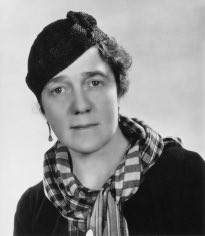 Dorothy Harrison Eustis
Philanthropy
1886
Pennsylvania
2011
Dorothy Harrison Eustis
Philanthropy
1886
Pennsylvania
2011

Dorothy Harrison Eustis
A philanthropist, Dorothy Harrison Eustis combined her love of animals and her passion for helping others to co-found the nation’s first dog guide school, The Seeing Eye. In 1921, Eustis began her career in Switzerland, breeding German shepherds for civic duty. She was later contacted by Morris Frank, a blind American man seeking a guide dog. After bringing Frank to Switzerland and providing him with a dog, Eustis returned to the United States, and in 1929, they established The Seeing Eye to help blind people achieve greater independence, dignity and self-confidence through the use of Seeing Eye dogs. To date, The Seeing Eye has bred and trained 15,000 dogs to assist nearly 8,000 men and women.
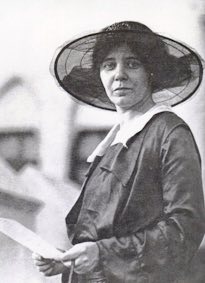 Alice Paul
Humanities
1885
1979
Alice Paul
Humanities
1885
1979

Alice Paul
Social reformer. Reared a Quaker, Paul found most of the women’s suffrage movement too slow and passive. After earning a Ph.D. from the University of Pennsylvania in 1912, she campaigned aggressively for women’s suffrage, using picketing and demonstrations to draw attention to the issue. Paul founded the women’s party, which demanded passage of the Equal Rights Amendment.
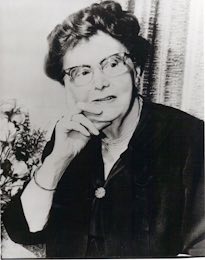 Ethel Percy Andrus
Humanities
1884
California
1993
Ethel Percy Andrus
Humanities
1884
California
1993

Ethel Percy Andrus
Founded the American Association of Retired Persons (AARP) to help older Americans cope effectively in their later years. Her organization, now 36 million members strong and a political lobbying force, helps with health insurance, career assistance and discounts for senior citizens.
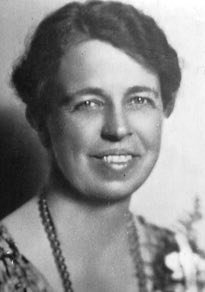 Eleanor Roosevelt
Humanities
1884
1973
Eleanor Roosevelt
Humanities
1884
1973

Eleanor Roosevelt
Trailblazing First Lady and wife of President Franklin Roosevelt. She spent her adult years working in politics and social reform. Her warmth and compassion inspired the nation, and she later became U.S. Delegate to the United Nations. The U.N. Declaration of Human Rights was largely her work, and she chaired the first-ever Presidential Commission on the Status of Women (1961).
 Florence Ellinwood Allen
Government
1884
Utah
2005
Florence Ellinwood Allen
Government
1884
Utah
2005

Florence Ellinwood Allen
Judge Florence Ellinwood Allen was a legal pioneer, breaking barriers for women in law. Her numerous accomplishments include becoming the first American woman to hold the office of Assistant County Prosecutor, first woman judge of the highest court of a state by election (Ohio), and first female judge of a United States Circuit Court of Appeals by presidential appointment.
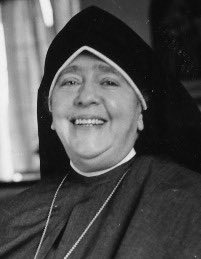 Mother Mary Joseph Rogers, MM
Humanities
1882
Massachusetts
2013
Mother Mary Joseph Rogers, MM
Humanities
1882
Massachusetts
2013

Mother Mary Joseph Rogers, MM
A woman of extraordinary vision and drive, Mother Mary Joseph Rogers, MM founded the Maryknoll Sisters, the first United States based Catholic congregation of religious women dedicated to a global mission. While attending Smith College in 1904, Rogers was inspired by graduating Protestant students preparing to leave for missionary work in China, and following her graduation, she returned to Smith and started a mission club for Catholic students (1905). It was while organizing the club that she met Father James A. Walsh, director of Boston’s Office for the Propagation of the Faith, later founder of Maryknoll Fathers & Brothers, through whom she was inspired to establish a mission congregation for women. The Maryknoll Sisters were founded in 1912, and by the time of Rogers’ death in 1955, there were 1,065 sisters working in twenty countries and several cities in the United States.
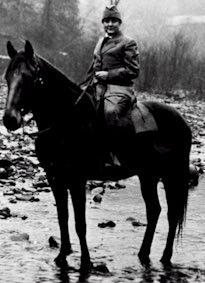 Mary Breckinridge
Science
1881
Tennessee
1995
Mary Breckinridge
Science
1881
Tennessee
1995

Mary Breckinridge
The United States foremost pioneer in the development of midwifery and provision of care to rural areas. Breckinridge founded the Frontier Nursing Service.
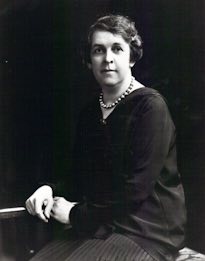 Alice Evans
Science
1881
1993
Alice Evans
Science
1881
1993

Alice Evans
Scientist who found the organism which caused undulant fever, a killer disease. Evans’s discovery led to mandatory milk pasteurization, saving countless lives worldwide. An outstanding scientist, she also advocated women entering the scientific professions.
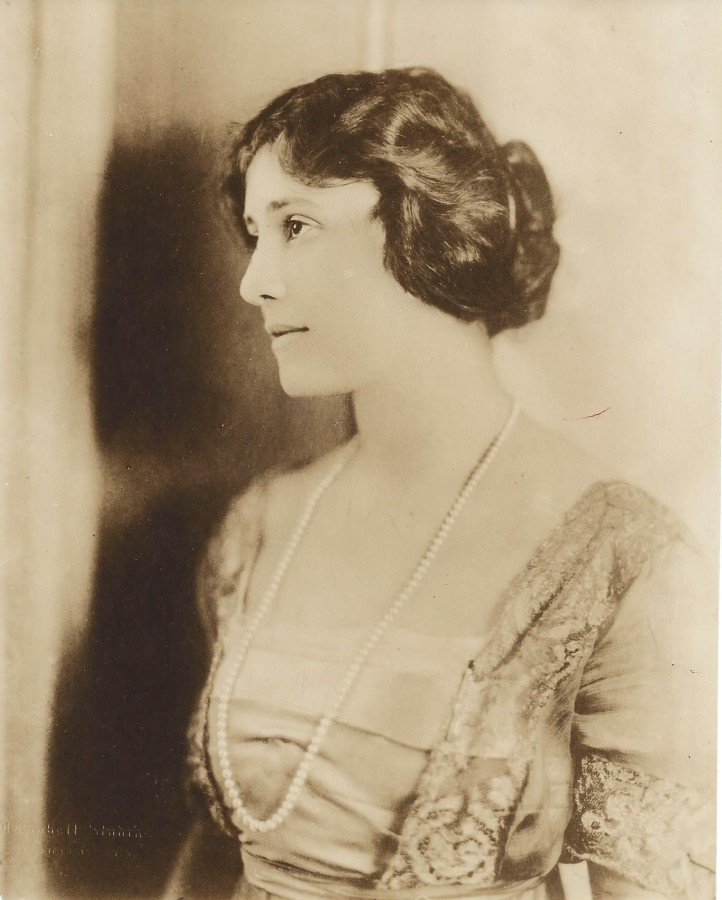 Mary Harriman Rumsey
Humanities
1881
New York
2015
Mary Harriman Rumsey
Humanities
1881
New York
2015

Mary Harriman Rumsey
The founder of the Junior League, she helped author the Social Security Act, chaired the first consumer’s rights groups, and was instrumental in the creation of public playgrounds in New York’s Central Park.
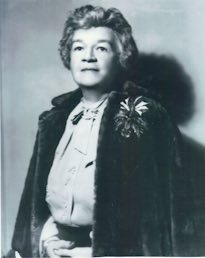 Edith Nourse Rogers
Government
1881
Maine
1998
Edith Nourse Rogers
Government
1881
Maine
1998

Edith Nourse Rogers
Massachusetts Congresswoman who introduced the “G.I. Bill of Rights” Act and Women’s Army Auxiliary Corp (WAC) legislation. The “Bill of Rights” guaranteed veterans’ health and education benefits (also small business loans). In addition, it supported research and development of prosthetic appliances. Rogers pushed for equality for women in and out of military until her death.
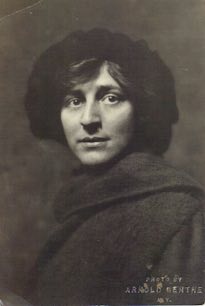 Crystal Eastman
Humanities
1881
Massachusetts
2000
Crystal Eastman
Humanities
1881
Massachusetts
2000

Crystal Eastman
One the major leaders of the women’s right to vote and equal rights movements, she was co-founder of the American Civil Liberties Union and author of the first national labor safety law guidelines. In 1919, she organized the First Feminist Congress, and she was one of the four authors of the Equal Rights Amendment proposed in 1923.
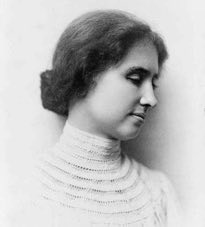 Helen Keller
Education
1880
Alabama
1973
Helen Keller
Education
1880
Alabama
1973

Helen Keller
Author and lecturer. An illness at the age of 19 months left her deaf, blind and mute. Through the work of teacher Anne Sullivan, she learned to overcome these daunting handicaps and became a powerful and effective national spokesperson on behalf of others with similar disabilities.
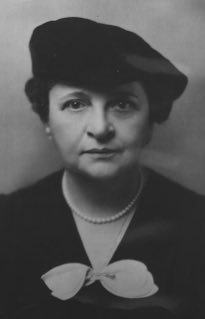 Frances Perkins
Government
1880
Massachusetts
1982
Frances Perkins
Government
1880
Massachusetts
1982

Frances Perkins
Public official and first woman to hold a Presidential Cabinet office and first woman Secretary of Labor. Appointed by President Roosevelt in 1932, she served for all of his terms, 1933-1945.
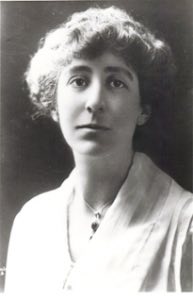 Jeannette Rankin
Government
1880
Montana
1993
Jeannette Rankin
Government
1880
Montana
1993

Jeannette Rankin
First woman elected to the U.S. Congress. Rankin served two separate terms representing Montana, and was the only U.S. Representative to vote against America’s entry into both World Wars. A lifelong pacifist, she worked for peace until her death.
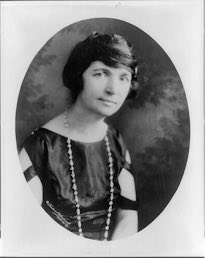 Margaret Sanger
Humanities
1879
1981
Margaret Sanger
Humanities
1879
1981

Margaret Sanger
Nurse and social reformer. After seeing many poor women in New York City damaged and dying from attempts to end unwanted pregnancies, she fought for reform. Sanger underwent arrests and imprisonment for distributing information on birth control and contraception.
